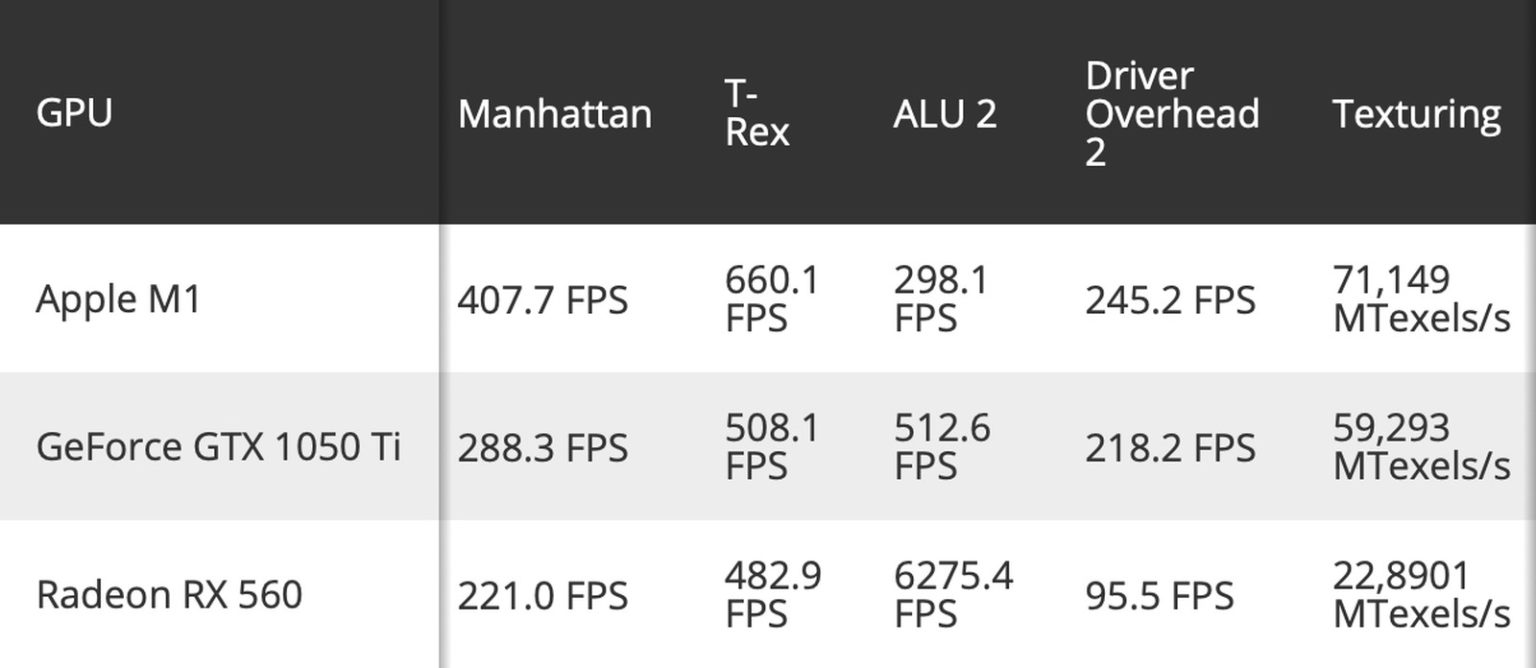
Initially, this growing family of efficient chips was limited to the base M1 processor. Apple M1 and M2 gaming: Is it possible?Īpple first revealed a silicon-powered Mac back in 2020.Support for PS5 DualSense and Xbox controller.The other options are to use the binaries, wait for our distribution to update the packages from their official repositories or, well, also install their snap package for those who prefer this option. For Linux users, the fastest installation system is to do it from your flatpak package. New configuration options to save status options.ĭosBox-X 0.83.8 It is now available from the author's website, which can be accessed from this link.More saving options for the built-in configuration tool.Search for configuration file and mapper file in DosBox-X executable path.Displays DOS command help from the menu.Loading DOSBox-X mapper files from the menu.Improved automatic fix for "Packaged file corrupted" error.Improved LOADFIX command to auto-allocate memory.Improved MODE command to change screen dimensions.Support to save files for save status function.Support for mounting CD MAME CHD images.Displays the status of the IDE disk or CD.
 Now it changes OpenGL (GLSL) shaders at runtime. Selection of common host keys from the menu. You can now paste text from the clipboard into macOS SDL1 builds. Support for newer Macs with M1 and macOS Big Sur.
Now it changes OpenGL (GLSL) shaders at runtime. Selection of common host keys from the menu. You can now paste text from the clipboard into macOS SDL1 builds. Support for newer Macs with M1 and macOS Big Sur.  On-screen text styles for DOS applications. Scalable TrueType font (TTF) output for DOS applications. And why am I so interested if what I use the most is Linux? Because I'm left with a feeling: Apple's move to launch ARM-architecture computers has kept developers from getting stuck at x86_圆4, which will probably end up translating into an extension of support for other ARM devices. Of all the new that comes with DOS-Box-X 0.83.8, there is a novelty that catches my attention above the rest: they have added support for Apple M1. The name has changed little, they only added an -X to the end, and a few hours ago they launched DOSBox-X 0.83.8, an update that comes loaded with news. In fact, its last official version was released in 2010, but recently the community picked up the glove to launch a fork and continue its development. For many years, the cross-platform emulator that allows us to enjoy MS-DOS software on modern operating systems was standing.
On-screen text styles for DOS applications. Scalable TrueType font (TTF) output for DOS applications. And why am I so interested if what I use the most is Linux? Because I'm left with a feeling: Apple's move to launch ARM-architecture computers has kept developers from getting stuck at x86_圆4, which will probably end up translating into an extension of support for other ARM devices. Of all the new that comes with DOS-Box-X 0.83.8, there is a novelty that catches my attention above the rest: they have added support for Apple M1. The name has changed little, they only added an -X to the end, and a few hours ago they launched DOSBox-X 0.83.8, an update that comes loaded with news. In fact, its last official version was released in 2010, but recently the community picked up the glove to launch a fork and continue its development. For many years, the cross-platform emulator that allows us to enjoy MS-DOS software on modern operating systems was standing.






 0 kommentar(er)
0 kommentar(er)
